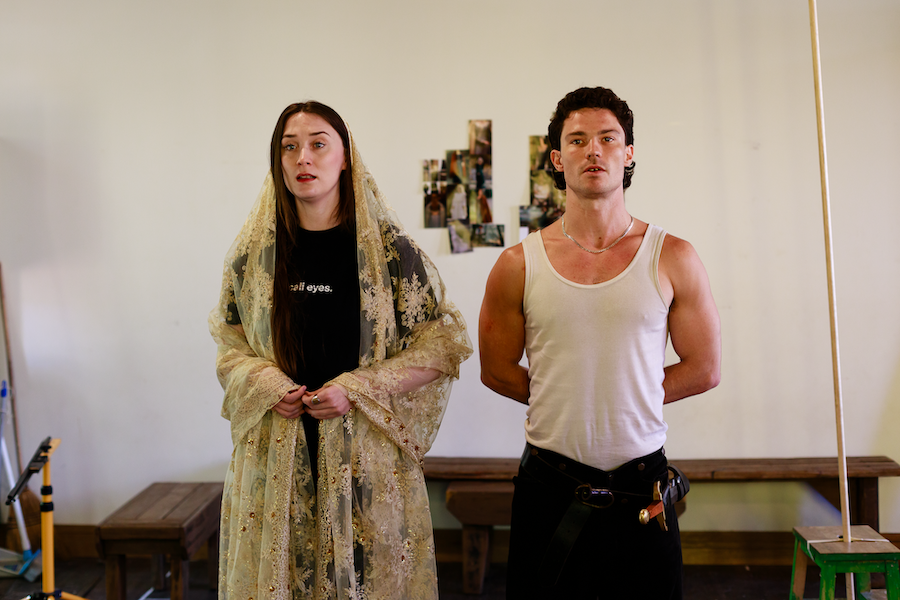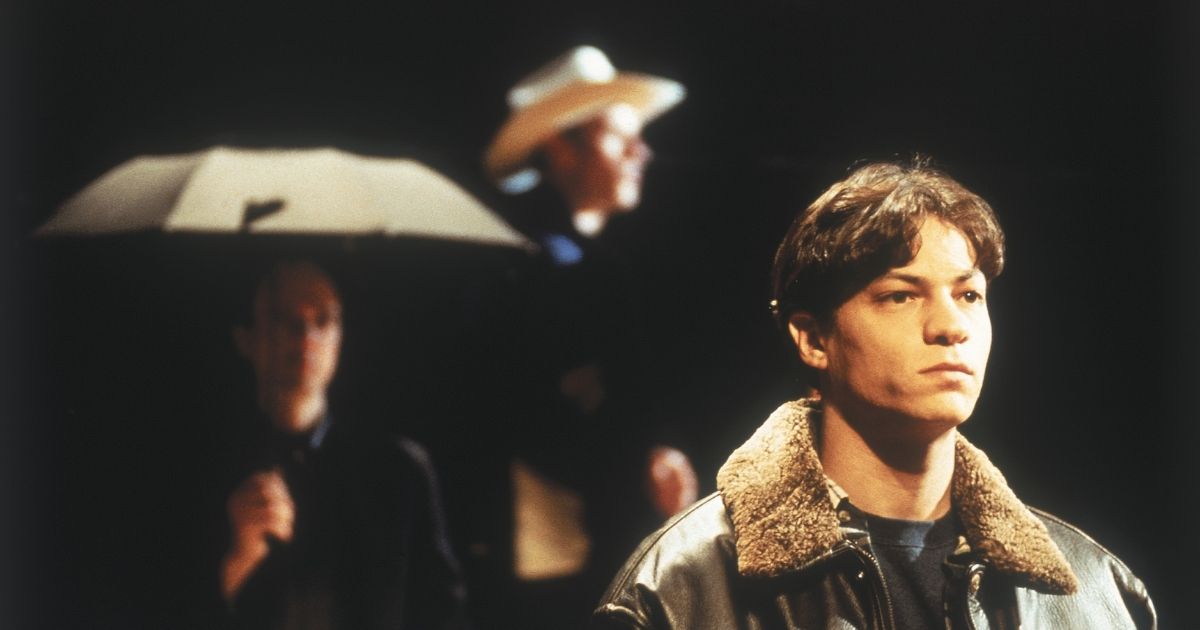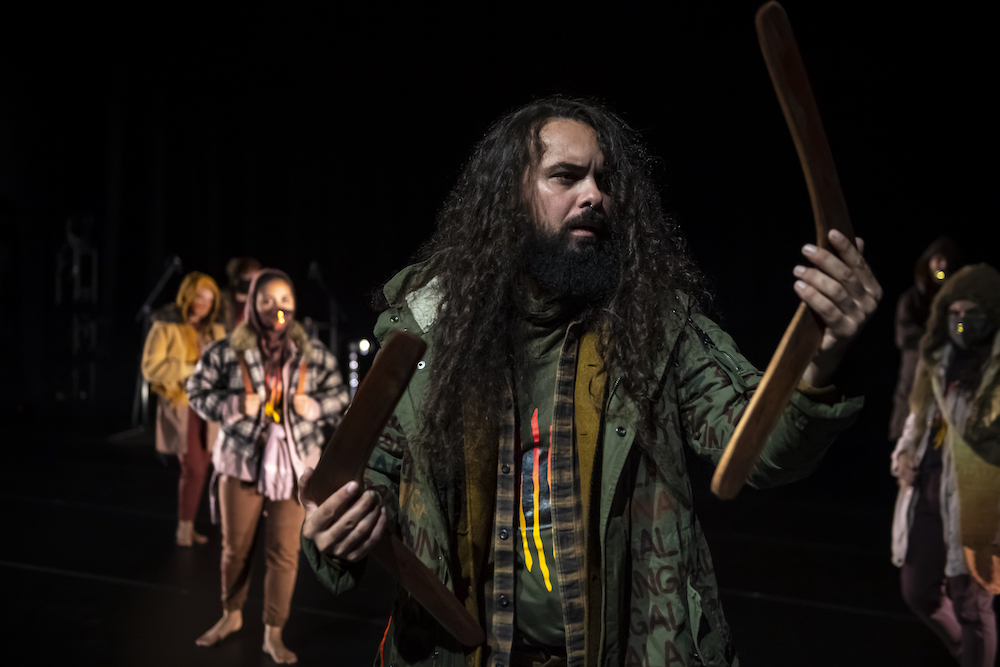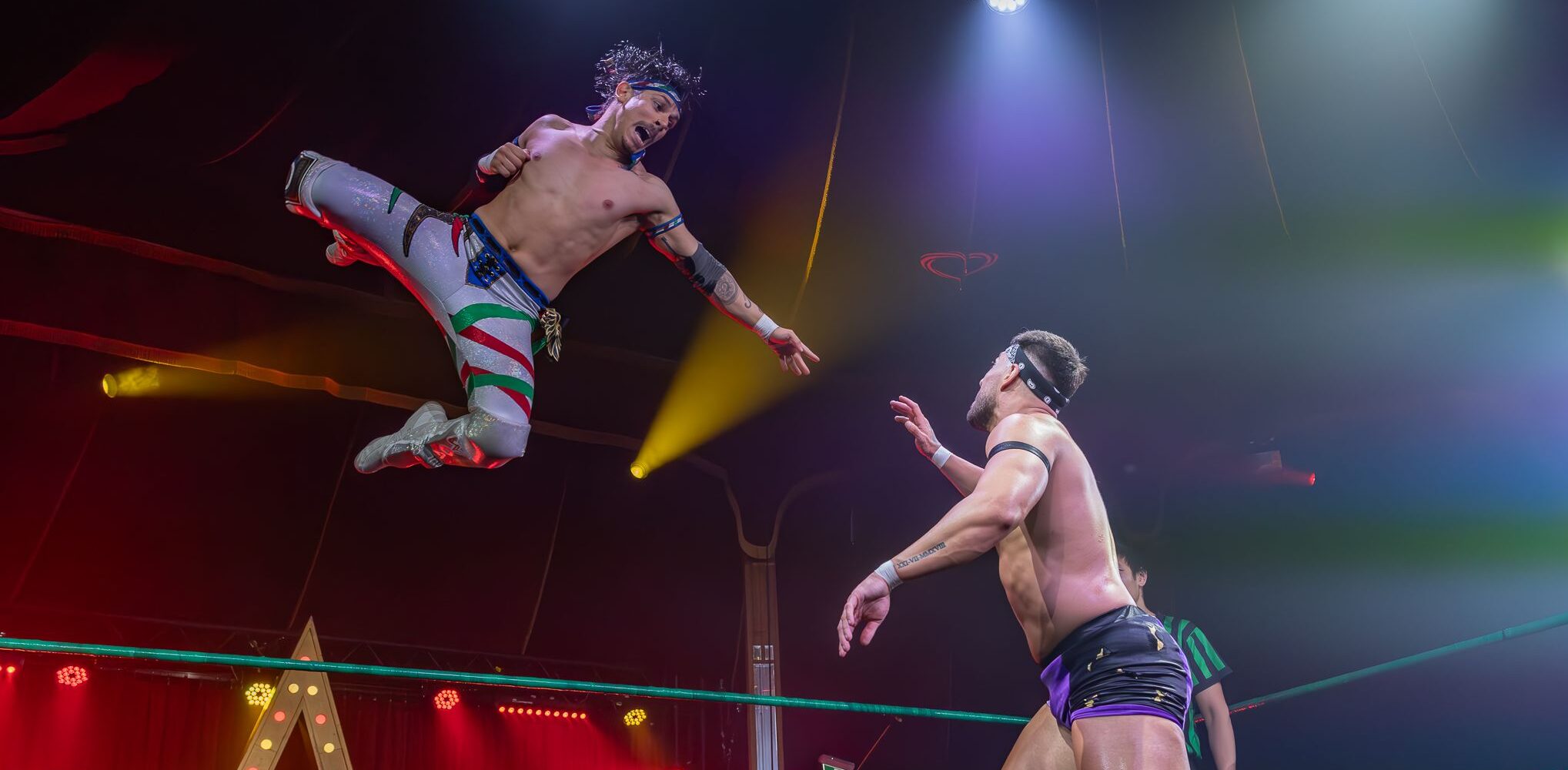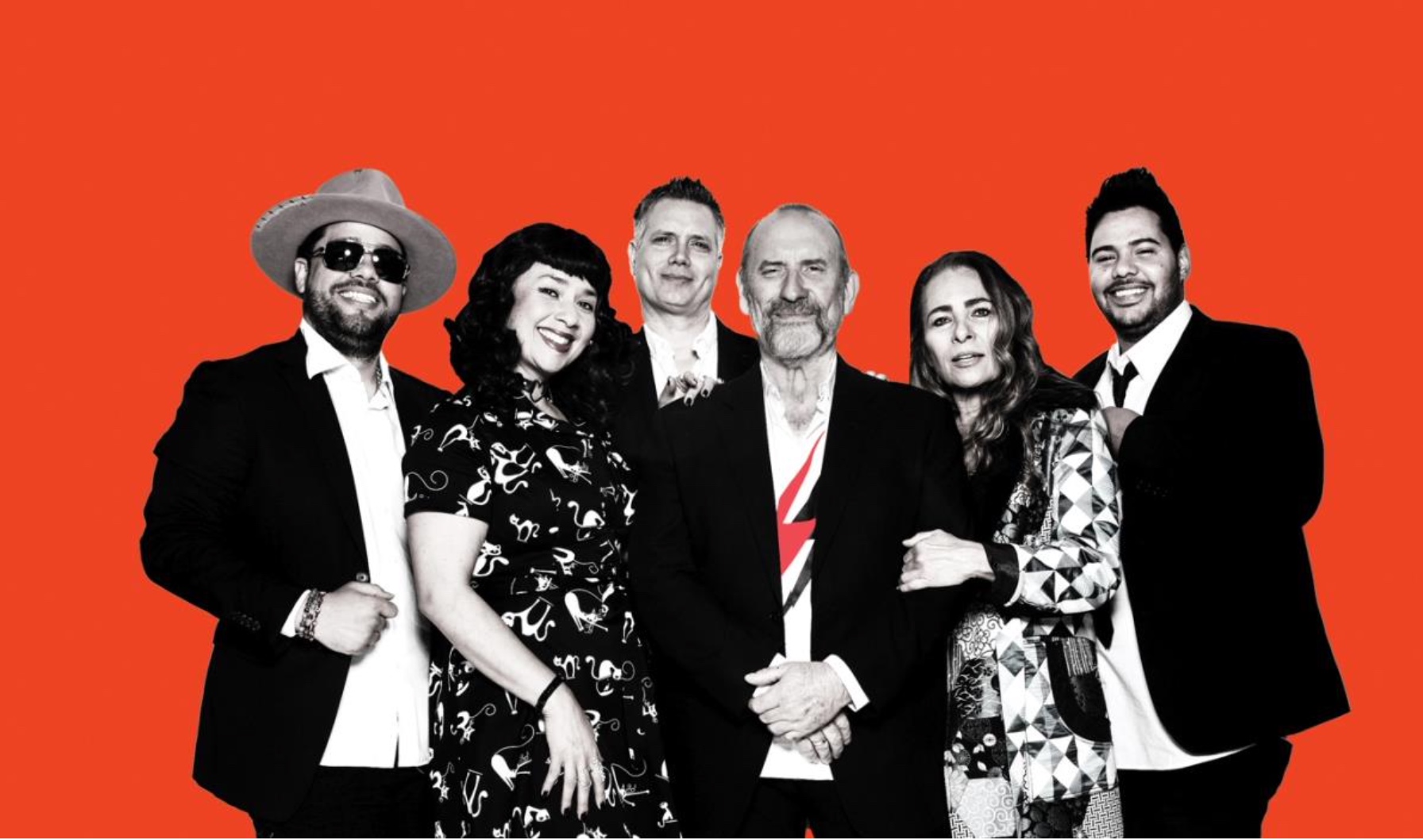
The Most Revolutionary Artworks of the 2016 Sydney Biennale

Officially opening on March 18, the 20th Biennale of Sydney begins its rapid expansion across the city. It has filled the galleries and spilt out into various nooks and crannies, alleyways in Surry Hills and factory spaces in the Inner West are not safe from being transformed into installation spaces with intriguing aesthetics, prompting poignant conversations.
In this milestone year, the Biennale and all its associated art works follow a topical theme: “The future is already here – it’s just not evenly distributed”. This title was inspired by a comment by leading science-fiction author William Gibson, who suggests that technology has already surpassed our idea of what the future could look like.
The official Biennale sites – including iconic venues such as the Museum of Contemporary Art, Cockatoo Island and Carriageworks – have been rebranded as several different ‘Embassies of Thought’ covering themes including Disappearance and Transition.
The most revolutionary works, however, exist in the ‘In-Between’ Spaces. Artists have overtaken thirteen different public locations across Central Sydney and the Inner West. Although these works differ greatly in terms of scale, scope and subject matter, each casts a new light on its location.
Both physically and conceptually, the idea of the ‘in-between’ is key to the Biennale’s overarching theme. By occupying a piece of land for a limited time, some works raise ideas of ownership and the right to settle; whereas many works examine our interactions with the digital world.
City Hub has investigated these intrusive yet elusive works of installation, and we present to you – The Three Most Unmissable Installations of the Biennale
Fade Away, Fade Away, Fade Away – Bo Christian Larsson
Swedish artist Bo Christian Larsson has overtaken the most unlikely of sites – Newtown’s heritage listed Camperdown Cemetery. Established in 1848, the site operated as Sydney’s main cemetery for decades and many significant figures of Australia’s colonial history are buried there.
Larsson was initially hesitant about working with the site due to its demands, maintaining respect for the area’s history and the people buried there is delicate to balance when artistically transforming the space.
The artist has a wide-ranging practice that has seen him work across various forms of media, often simultaneously. He also has interests in symbols, social conventions and rituals – and as he began to explore the rich history and beautiful aesthetics of the site, he found it opened up the perfect opportunity to explore a topic that had been niggling at him for some time.
“A lot of my work has to do with the unexplainable and the occult… I find this graveyard a very theatrical space. It’s almost Shakespearean, the world is a theatre and we’re all acting in it,” explained Larsson.
‘Fade Away, Fade Away, Fade Away’ (2016) is a site-specific workshop and installation that will continue to evolve over the three month duration of the Biennale. Larsson has established a shipping container workshop on the grounds of Camperdown Cemetery – on any given day three local seamstresses will be seen operating from this base, measuring gravestones and monuments around the cemetery and constructing elaborate white textile covers. This sea of stark white shapes will grow to totally envelope the area.
Larsson explores and questions the site’s “random architecture of death” with this method. The wealthy are buried under large, expensive monuments while others were so poor they couldn’t even afford gravestones.
Transcriptions that are still readable often follow the lines of “this great man who built this nation, and his wife”. “The wife is very often not even mentioned by name,” said Larsson, describing how his work began to take a feminist stance. “It really shows what shaped the modern society, and what is still shaping the modern patriarchal structure.”
The artist explained that he is using feminism to inform his work, steering away from being “a man telling women how to do feminism”. The textile artists collaborating on the project bring their own stances, and Larsson’s artist fee is divided into wages for their hours of labour.
“The work, it is a performance, it’s a socio-political work, it’s a work where aesthetics are playing a big role,” explained Larsson. “So it’s a work for everybody, which I also find that good art should be. It welcomes you with open arms and if you want to go deep into its core and its heart you can…”
We Built This City – Keg de Souza
Keg de Souza’s latest installation has strong roots in her history as an interdisciplinary artist and activist with a strong interest in the built environment and social communities, especially in reference to the Redfern-Waterloo district.
With a degree in architecture, Souza has built inflatable architecture constructions throughout her artistic career, inspired by the artists who utilized the technique in the 1960’s and 70’s. ‘We Built This City’ (2016) is her largest installation to date, and her first non-inflatable work of makeshift architecture, which she says was “a big step” for her. Situated in a large warehouse space behind The Block in Redfern, Souza’s installation is a large expanse of recycled multi-coloured tents joined together into a humongous, interactive mass. “This project looks at these very local issues that have global parallels,” she explained.
“I’m using the tent as a metaphor for displacement…lately I’ve been really noticing around Sydney the tent settlements that have started forming around Central Station and in Wentworth Park… housing a lot of people who are homeless. Recently, where my installation is there was the [Aboriginal] Tent Embassy [protesting the sale of the Aboriginal-owned Block housing estate for commercial redevelopment]. And every time I watch the news there [are] refugees being forced off their lands, and [reports show] so many people living in these makeshift tent settlements all around the world.”
Much more than a visual metaphor, ‘We Built This City’ is the focal point of a larger program, The Redfern School of Displacement, a series of talks and tours promoting public discussion.
Along with her long-term artist collaborative SquatSpace, Souza is using the warehouse installation as a starting point for the timely anniversary return of ‘Redfern – Waterloo: Tour of Beauty’. The bus and bike tours, running on Saturdays throughout the Biennale, will explore local displacement and gentrification, visiting significant sites and knowledgeable locals along the way.
Souza’s tent construction will also serve as a meeting point for a series of public discussions related to displacement. Promoting “non-hierarchal ways of learning”, these discussions will have “key participants” rather than panellists.
“For me, I like to create platforms for discussion and debate, and to invite people into a space to have a dialogue… When you enter these temporary structures you are encompassed by another sort of form…you feel like you’ve entered this space for a particular reason…”
Making History – Brown Council
Much like Larsson’s project, artist collective Brown Council encounter issues with the records of history and the people who are left out of it in their work. Using humour to address issues of gender and art history, Brown Council creates live performance, participatory work and video based installations.
The Biennale has allowed them to develop the disused former Grantpirrie Gallery space in Redfern into a collaborative installation.
“It’s an active space where things are happening all the time and evolving over the duration of the Biennale,” explained Brown Council member Diana Smith.
Setting up ‘Making History’ has allowed the group to invite in other artists to join them in delving into a theme they’ve been exploring over the years. They use the life and work of Barbara Cleveland – a pioneering performance artist working in Australia in the 1970’s, whom history forgot – as a central focus to “invite people to think about the way history is written”.
“Cleveland has been a symbol of…the way that particular histories have been told, and the way that [we] as artists might be able to play the role of a historian, but in a creative way…” added Smith.
As part of a weekly performance programme inviting other artists (and even audience members) to participate, Brown Council will present their newest performance project, ‘The History of Performance’, an improvisational two-hour endurance work in which they will recall performance works they’ve seen, discuss and re-enact them, and invite the audience to recall their own with the aim of creating an aural history.
The idea of the ‘in-between’ is key to the Biennale’s overarching theme. Larsson, Souza, and Brown Council all present ground breaking and genre defying works that would not have been explored in such depth in an institutional gallery space.
Larsson added: “I think that some artists are really good at exhibiting in museums, and some artists do better when they get challenged to do something like this.”
THE 20TH BIENNALE OF SYDNEY
March 18 – June 5. Various locations. Free. Full program: 20bos.com
FADE AWAY, FADE AWAY, FADE AWAY – BO CHRISTIAN LARSSON
Weds–Sun, 10am-5pm. Camperdown Cemetery, Newtown (entrance off Church Street).
WE BUILT THIS CITY – KEG DE SOUZA
Open daily, 10am-5pm (closed Easter weekend). 16 Vine Street, Redfern.
The Redfern School of Displacement: Housing and Homelessness
March 20, 1pm. Information and full program of talks: kegdesouza.com
Redfern – Waterloo: Tour of Beauty
April 9, 23 & May 14. Bookings essential via info@squatspace.com. Info: squatspace.com/tour-of-beauty
MAKING HISTORY – BROWN COUNCIL & SPECIAL GUESTS
Open daily, 10am-5pm. 86 George Street, Redfern.
Performance Schedule: The History of Performance – March 19, 12pm.
More from Brown Council and guests every Saturday, Mar 26-Jun 4, 4pm. Info: 20bos.com




